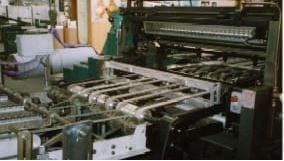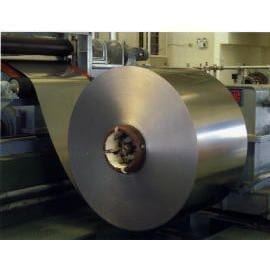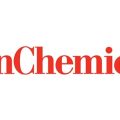Introduction
Varnish is an essential component in the metal packaging industry, providing protection and decoration to containers. Among the different types of varnishes available on the market, BPANI (Bisphenol A Non-Intent) and Epoxy varnishes are two of the most widely used. In this technical article, we will analyze the differences between these two coatings, their properties and applications, as well as their advantages and disadvantages.
- Chemical composition
The main difference between BPANI and Epoxy varnishes lies in their chemical composition and the presence of Bisphenol A (BPA) in Epoxy varnishes.
- BPANI varnishes: These varnishes are specifically designed to avoid the use of BPA, a chemical compound that has been linked to potential health risks such as endocrine disruption. BPANI coatings typically use polyester-based resins or other alternative materials to achieve performance characteristics similar to Epoxy coatings without the presence of BPA.
- Epoxy Varnishes: A type of coating made from a combination of epoxy resins and curing agents, such as amines or phenolic resins. Epoxy coatings often contain BPA, which is a key component of many epoxy resins.
- Properties and applications
Both types of varnishes have their own properties and applications, but the choice between them depends largely on the specific requirements and safety concerns of the final product.
- BPANI coatings: These coatings are a safer alternative to epoxy coatings in terms of health and environment. They are ideal for use in food and beverage containers, as they minimize the risk of BPA leaching into products. In addition, they offer good chemical and mechanical resistance, as well as excellent adhesion and flexibility.
- Epoxy coatings: These coatings are known for their excellent adhesion, durability and chemical resistance. They are suitable for a wide range of applications, including protective coatings for metal surfaces, coatings for food and beverage cans and even industrial flooring. However, their BPA content may be a concern in certain cases.
- Advantages and disadvantages
- Advantages of BPANI varnishes: The main advantage of BPANI varnishes is their absence of BPA, which makes them a safer option for health and the environment. In addition, they offer good performance in terms of chemical and mechanical resistance, as well as adhesion and flexibility.
- Disadvantages of BPANI coatings: Compared to Epoxy coatings, BPANI coatings may be slightly less resistant to certain chemicals and have lower durability in some applications.
- Advantages of Epoxy coatings: Epoxy coatings offer excellent adhesion, durability and chemical resistance, making them suitable for a wide range of applications.
- Disadvantages of epoxy coatings: The main disadvantage of epoxy coatings is their BPA content, which can raise health and environmental concerns in certain cases.
Conclusion
In summary, the key differences between BPANI and Epoxy coatings lie in their chemical composition and the presence of Bisphenol A in Epoxy coatings. Both types of coatings have their own advantages and applications, but the choice between them depends largely on the specific requirements and safety concerns of the final product. When choosing the right coating, it is important to consider both technical properties and health and environmental concerns.














0 Comments